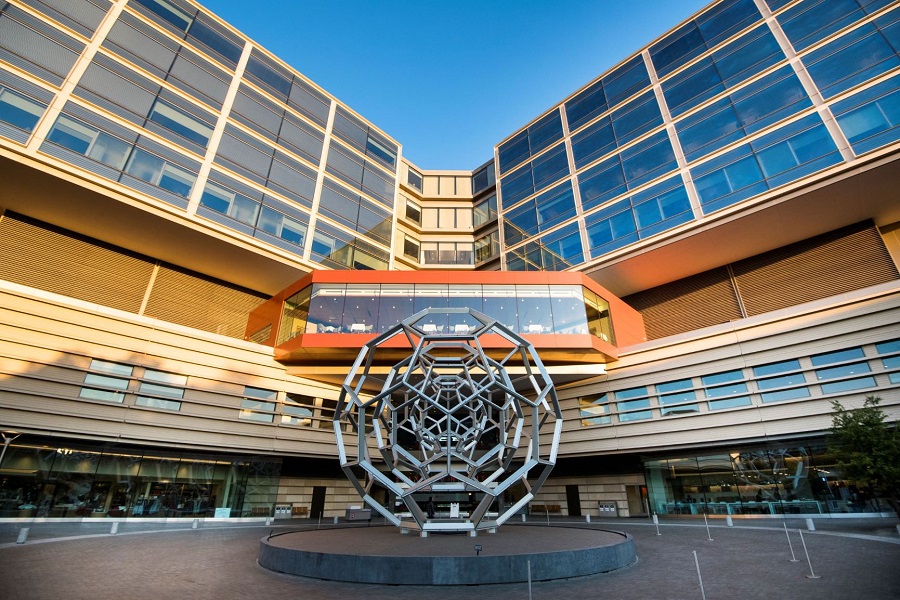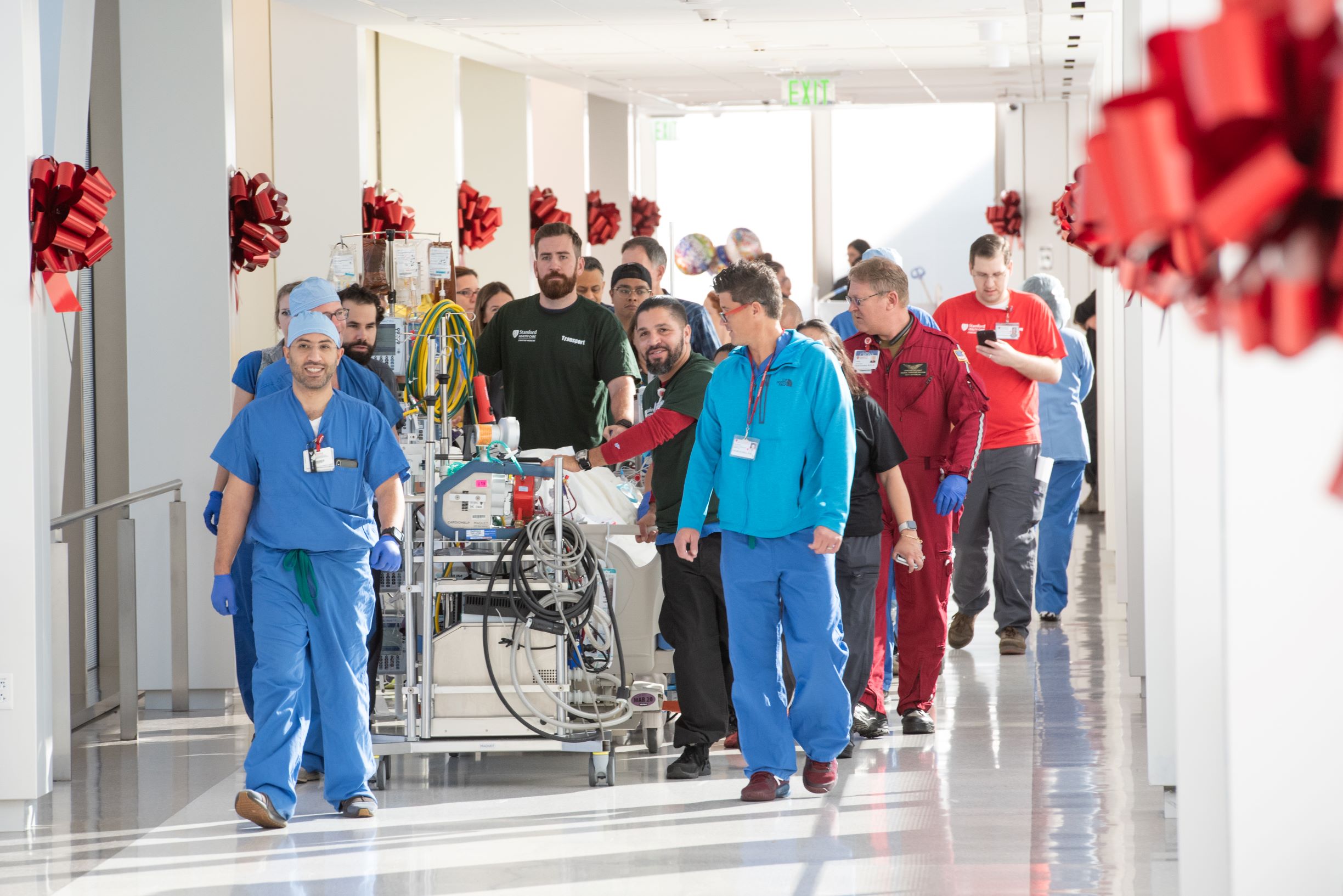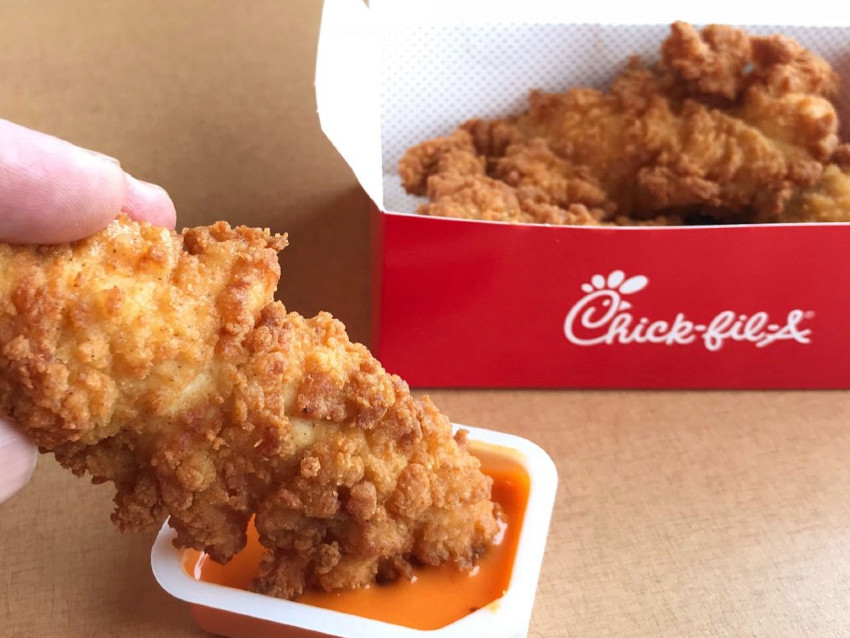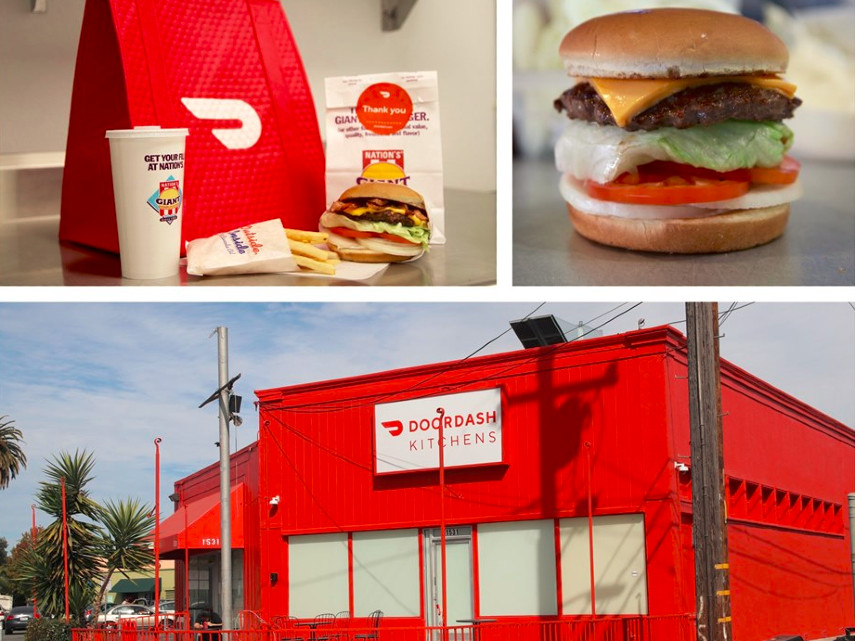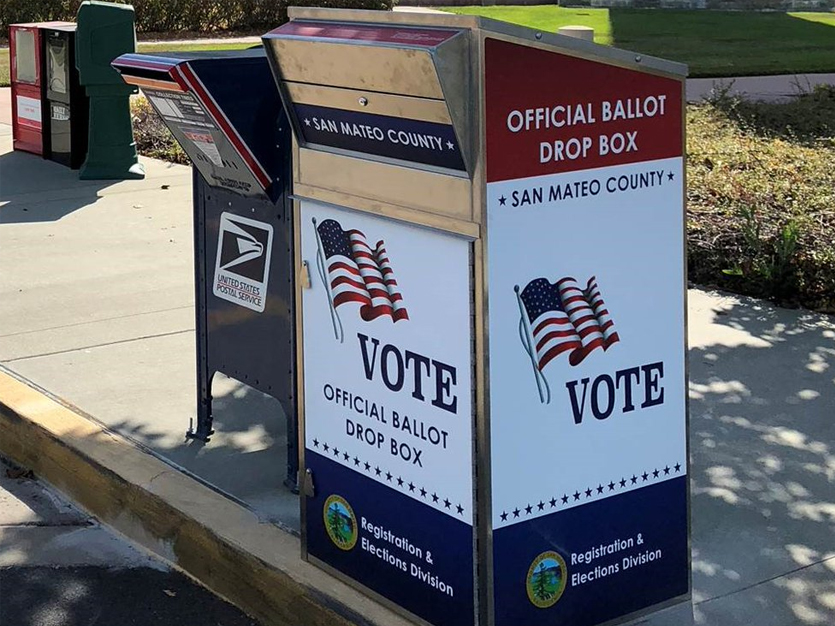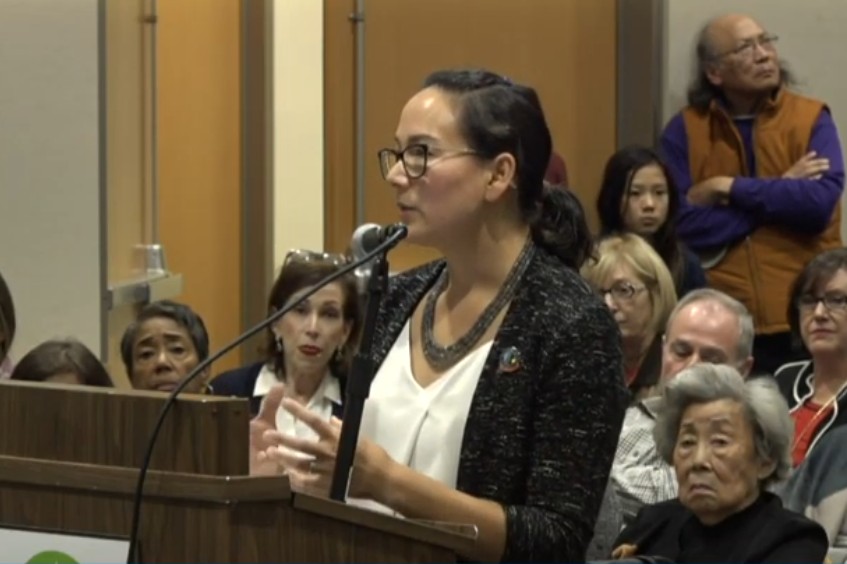Veterans Memorial Senior Center/YMCA project clears hurdle
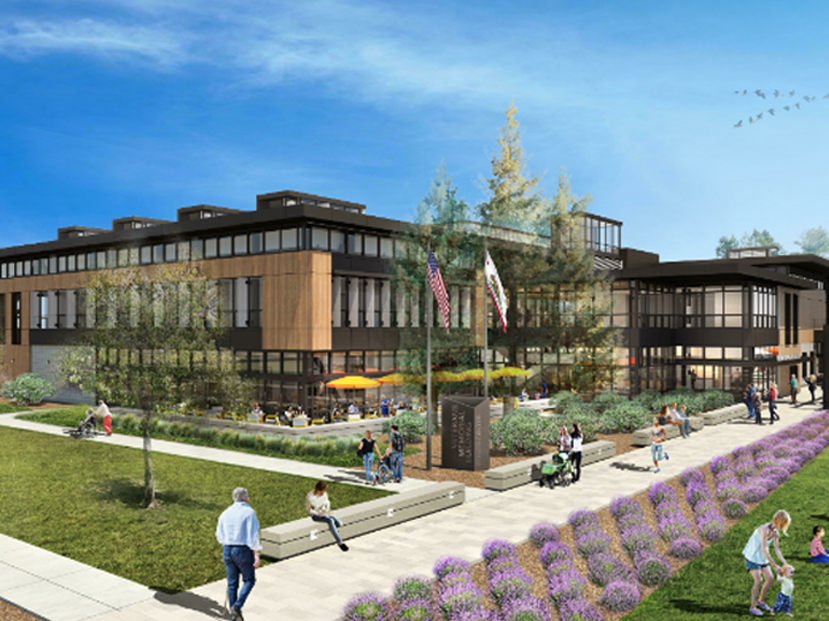
The Redwood City Planning Commission on Tuesday unanimously recommended that City Council approve the first phase of the long-planned Veterans Memorial Senior Center/YMCA project.
“This project is really exceptional,” Commissioner Michael Smith said. “As a member of that general neighborhood, this is going to really put an interesting focus on our neighborhood.”
The commission recommended that City Council certify a final environmental impact report and approve a zoning amendment for the first two phases of the project, which has been in the works since 2010 and aims replace the Veterans Memorial Building/Senior Center facility and YMCA facility at Palm Park, both of which are aging, with a combined project at Red Morton Park.
The project involves demolishing the existing Veterans Memorial Building, Herkner Pool, Wellness Center (Old 49er Building), Resource Building and the NFL Alumni Building, and replacing them with a 45,000 square foot Veterans Memorial Building/Senior Center and a 35,000 square foot Sequoia YMCA building.
The project is set to be constructed in two phases. The first phase, just approved by the Planning Commission, would make way for the Veterans Memorial Building/Senior Center, which will include a 270-seat theater, mini-gymnasium, second-story outdoor track, multipurpose rooms, conference space for the NFL Alumni Association, and exhibit spaces for various branches of the armed services. The first phase also includes a public promenade, traffic calming measures at four nearby intersections and a parking lot with the capacity for 57 vehicles and 44 bicycles.
The second phase, which still needs to go through environmental review, would construct the Sequoia YMCA Building featuring indoor and outdoor pools, fitness center, multiuse rooms, locker room facility, a day care facility that’s open to the public and can accommodate 72 children, a parking lot for 222 vehicles, 11 motorcycles, and 18 bicycles.
To ease concerns about traffic safety in the area, the first phase of the project includes installing a new roundabout at Vera Avenue and Valota Road, a new median island and curb extensions at Valota Road and Madison Avenue and a new mini traffic circle at Madison Avenue and Myrtle Street. The project would also expand the existing traffic circle at Hudson Street and Madison Avenue and remove the two-way stop control on Madison.
For more information on the project, visit the city’s website here.

